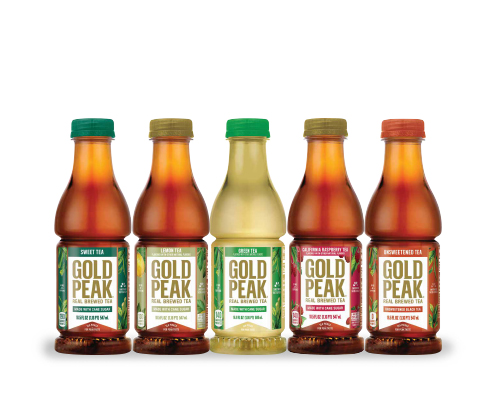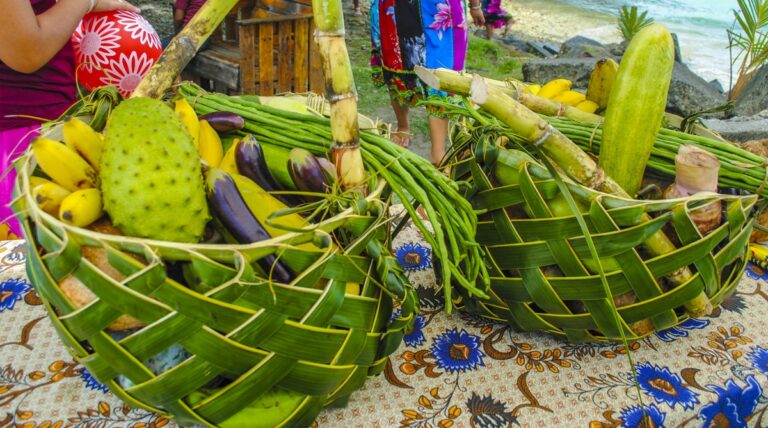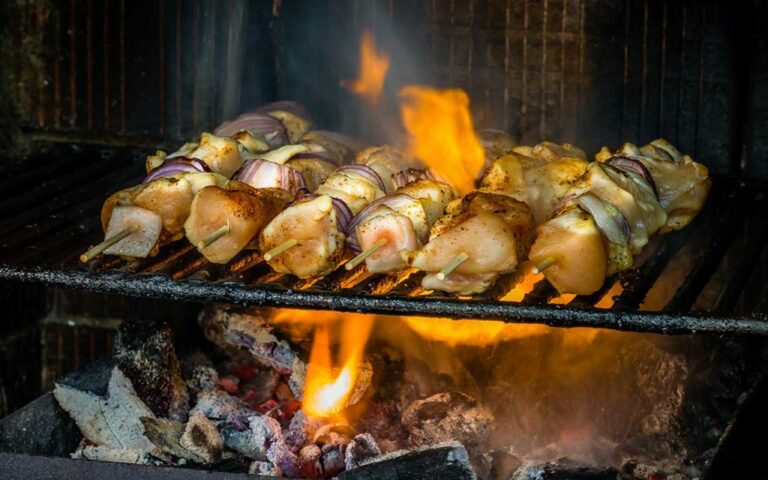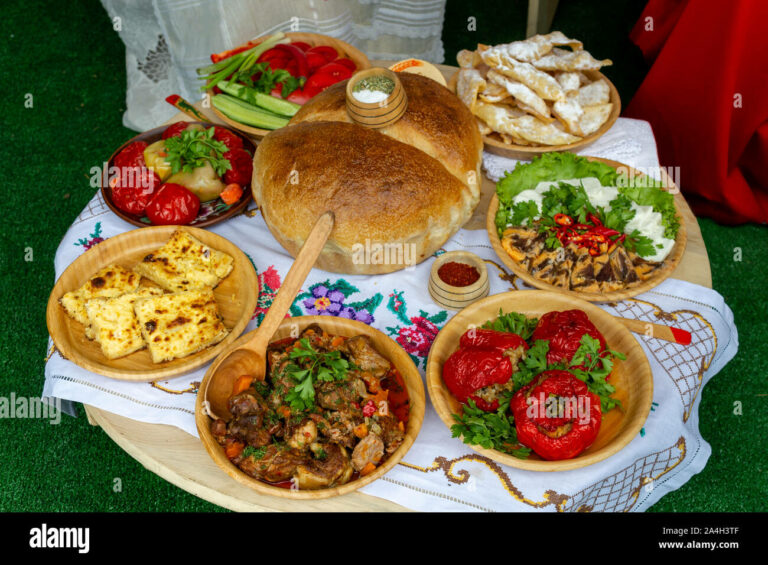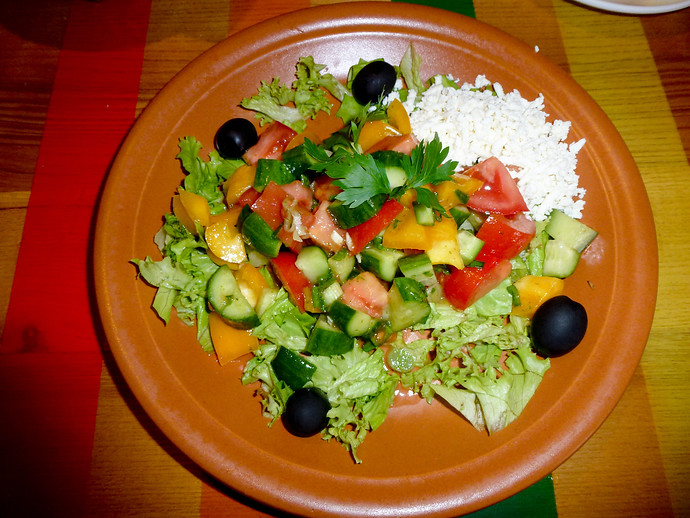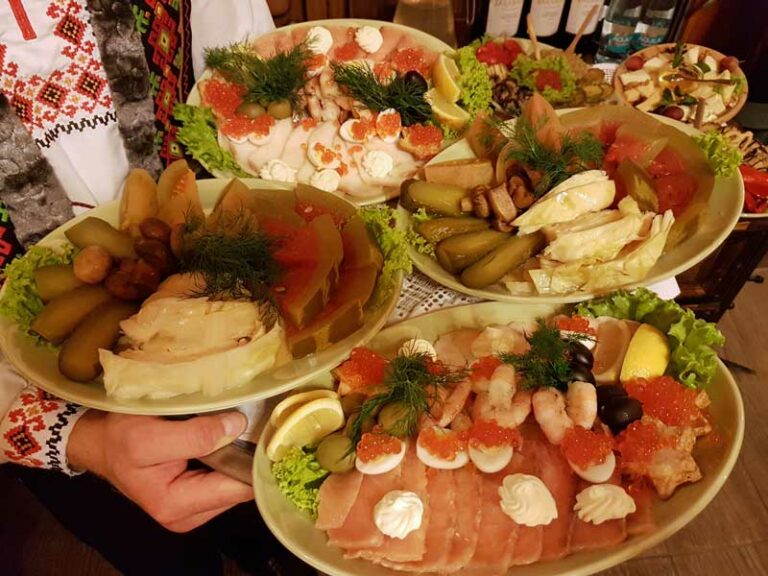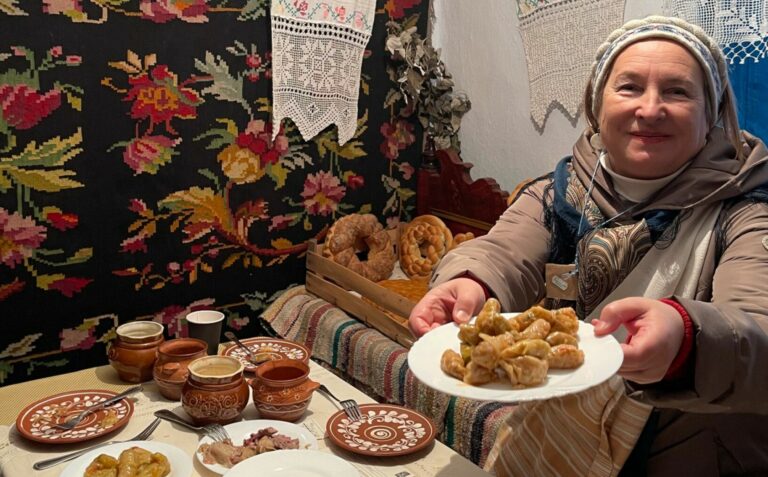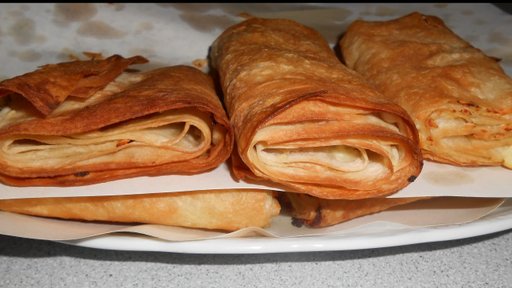Introduction: Micronesia and Its Beverages
Micronesia, a subregion in the western Pacific Ocean, comprises of numerous island nations and states. The region is renowned for its stunning beaches, crystal-clear waters, and unique cultural traditions. Apart from its breathtaking scenery, Micronesia is also home to a variety of beverages that reflect its diverse history and cultural influences. From traditional drinks to imported alcoholic beverages, Micronesia has an array of drinks that are worth exploring.
Traditional Drinks: What Do Micronesians Consume?
One of the most popular traditional drinks in Micronesia is sakau, also known as kava. It is a non-alcoholic beverage made from the roots of the kava plant. The roots are pounded and mixed with water to produce a murky, earthy-tasting drink that is known for its sedative effect. The drink is typically consumed during ceremonial events, social gatherings, and to promote relaxation.
Another traditional drink in Micronesia is coconut water. It is a refreshing and hydrating drink that is consumed across the region. Coconut water is a clear liquid that is extracted from young, green coconuts. It is low in calories, high in potassium, and contains natural electrolytes, making it a popular choice for those looking for a healthy and natural beverage.
Non-Alcoholic Beverages: Tea, Coffee, and More
Micronesia has a variety of non-alcoholic beverages, including tea and coffee. The region is known for its high-quality coffee beans, which are grown on the islands of Yap, Pohnpei, and Kosrae. Micronesian coffee is known for its rich, smooth flavor and is a popular beverage among locals and tourists alike.
Tea is also a popular non-alcoholic beverage in Micronesia. The region has a variety of locally grown teas, including lemongrass, ginger, and peppermint tea. These teas are known for their soothing properties and are often consumed to aid digestion and promote relaxation.
Alcoholic Beverages: Beer and the Like
Beer is one of the most popular alcoholic beverages in Micronesia. The region has a variety of locally brewed beers, including Red Rooster and Islander Lager. These beers are known for their light, refreshing taste and are often consumed during social events and gatherings.
Apart from beer, Micronesia also has a variety of imported alcoholic beverages, including whiskey, vodka, and rum. These beverages are typically more expensive than locally brewed beer and are consumed by those who can afford them.
Influences from Other Cultures: Japanese, American, and More
Micronesia has a diverse cultural history that has influenced its cuisine and beverages. For example, the region was under Japanese occupation during World War II, which led to the introduction of sake, a Japanese rice wine. Sake is still consumed in Micronesia today and is often served during traditional ceremonies and special occasions.
The region was also under American administration, which led to the introduction of American beers and other alcoholic beverages. These beverages have become popular in Micronesia, especially among younger generations.
Conclusion: A Look into Micronesian Drinking Culture
Micronesia has a rich drinking culture that reflects its unique history and cultural influences. From traditional drinks to imported alcoholic beverages, the region has a variety of beverages that are worth exploring. Whether you are looking for a refreshing non-alcoholic drink or a locally brewed beer, Micronesia has something for everyone. So, next time you visit the region, be sure to explore its diverse drinking culture and sample some of its unique beverages.

